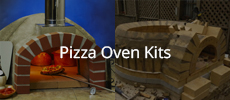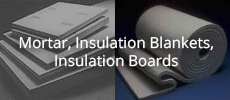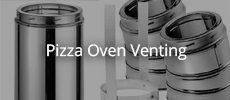Originally posted by dogshark58
View Post
The floor bricks can either be cut to the inside of the dome bricks or the outside. Cutting to the inside of the dome can be more meticulous whereas to the outside you can be pretty rough as they get covered by the dome insulation.





Leave a comment: